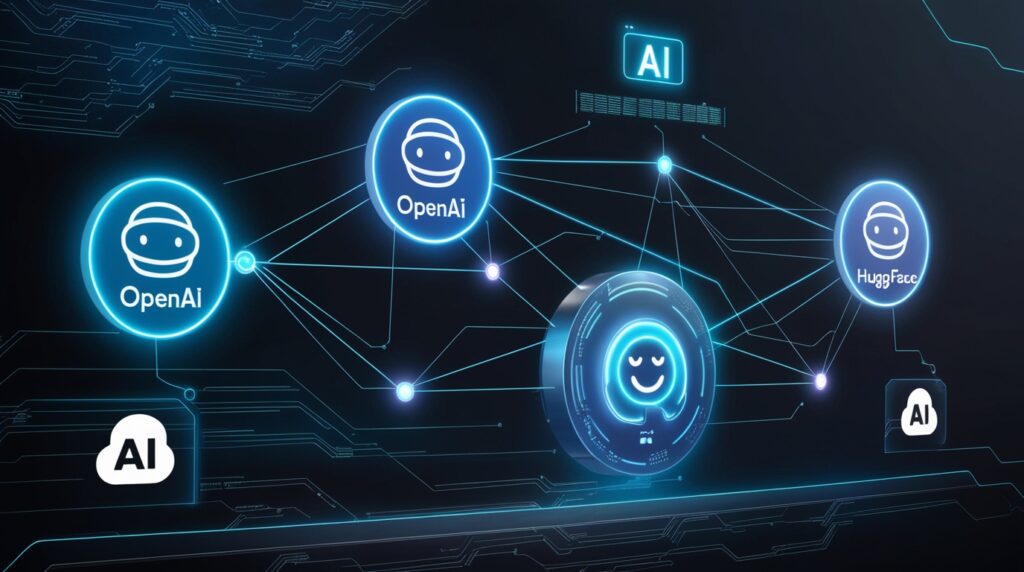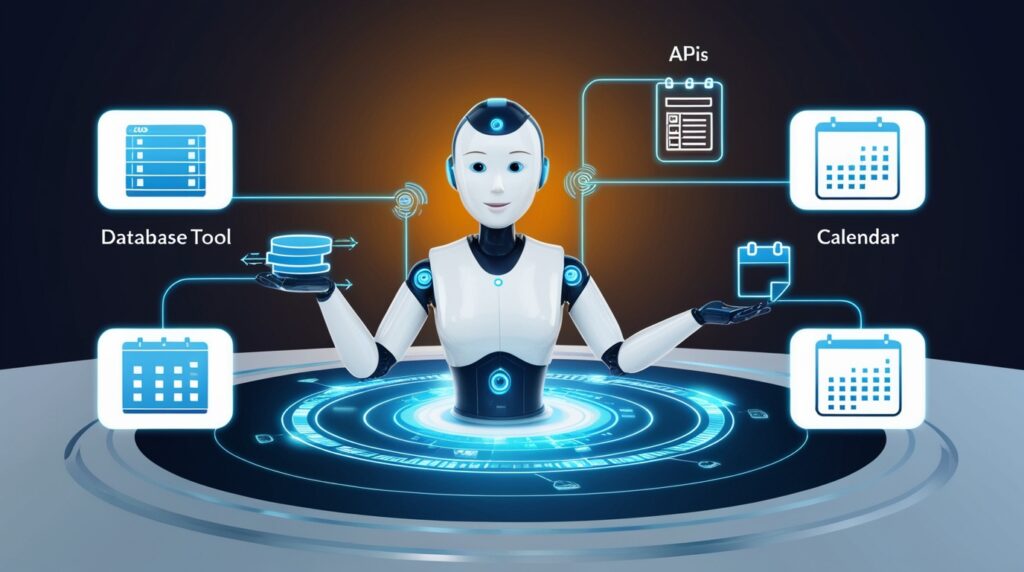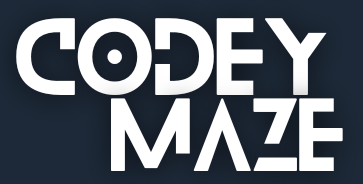
LangChain is a framework designed to simplify the development of LLM applications powered by Large Language Models (LLMs). It provides a simple interface to interact with pre-trained LLMs from various providers like OpenAI, HuggingFace, and others. Harrison Chase launched Langchain in October 2022 as an open-source project.
Use Cases of LangChain

LangChain is used across many industries and applications. Some common use cases include:
| Chatbots | Building intelligent chatbots that can remember conversations and provide relevant responses |
| Summarization Tools | Summarize long text or documents, making it easier for users to get the context in short |
| Data Parsing and Conversion | Transforming unstructured data into structured data such as JSON or dictionaries makes them easier to work with |
| Question Answering Systems | Building systems that answer questions asked by users |
| Automated Content Creation | Generating written content autonomously using LLMs |
Key Concepts in LangChain
Let’s examine LangChain’s core components. These key concepts are important for building effective LLM applications.
1) Memory
Memory is an important concept in LangChain. It enables LLMs to store & access past information. This is helpful in a chatbot application where memory allows the model to remember past conversations making future interactions meaningful.
LangChain offers various types of memory:
- Short-term memory – Keeps track of recent interactions in a session.
- Long-term memory – Retains information over multiple sessions, which is important for persistent user interactions.
Memory is especially important in applications that need to maintain context, such as customer support chatbots or personalized virtual assistants.

2) Large Language Models (LLMs)
LLMs are at the heart of LangChain. These models are trained on large amounts of text and can understand and generate human-like text based on the inputs received. LangChain provides an interface to connect with LLMs from leading providers like:
- OpenAI – Excels in natural language generation and understanding.
- Hugging Face – A platform offering a wide range of pre-trained models that can be fine-tuned for specific tasks.
LangChain makes it simple to integrate these models into applications.

3) Output Parsers
Output parsers transform raw outputs LLM generates into structured data such as JSON or dictionaries. This is useful when the output needs to be further processed, analyzed, or displayed in a specific format.
For example, an output parser can:
- Convert text into JSON: Useful for applications that require data to be stored in a structured format.
- Filter out unwanted content: Ensuring that the model’s responses meet specific criteria by removing extra information or formatting errors.
4) Chains
Chains in LangChain are sequences of components that allow developers to build complex workflows by linking multiple tasks together. A chain can consist of several LLMs, output parsers, memory modules, or even other chains to create highly flexible processes.
For instance, a chain could be built to:
- Extract information from a document.
- Summarize it.
- Answer follow-up questions based on the summarized content.
By using chains, developers can build more robust and intelligent systems that perform a series of tasks in a streamlined, automated manner.
5) Agents

Agents in LangChain are autonomous entities that can interact with external tools, make decisions, and execute actions based on the data they receive. These agents are designed to handle more dynamic and complex tasks.
For example, an agent might:
- Query a database.
- Schedule appointments using a calendar API.
- Send automated email responses.
Agents can be thought of as AI decision-makers who respond to real-time input and take action accordingly. LangChain allows developers to create agents that can interact with external APIs, databases, and other systems, making them powerful tools for building interactive, real-time applications.
Wrapping up
LangChain is a powerful framework that simplifies the development of LLM-based applications by providing a streamlined interface to interact with models like OpenAI and Hugging Face. Its key features—such as memory management, output parsers, chains, and agents—enable developers to build complex, intelligent systems with ease. Whether you’re building chatbots, question-answering systems, or more advanced AI-driven workflows, LangChain helps you create efficient solutions.



